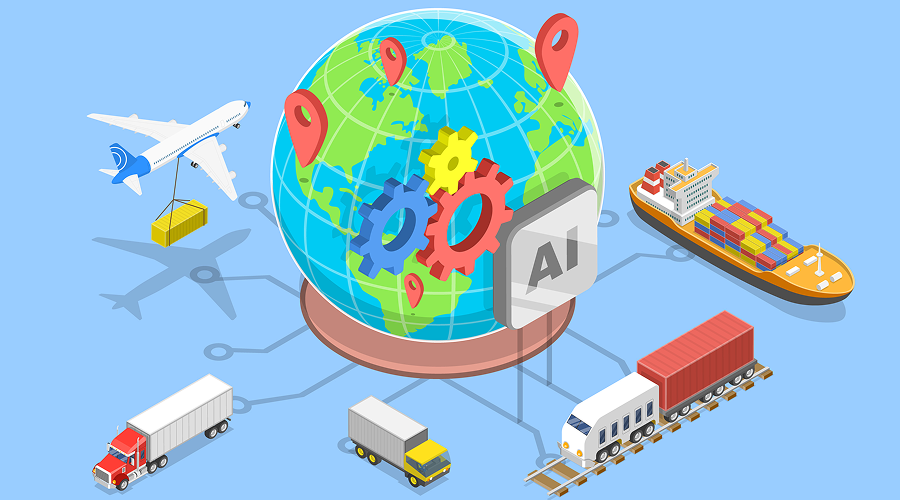Explaining the Differences Between EMS and UGX!

In developing cross-border e-commerce (EC) businesses, choosing the right shipping method is extremely important. Particularly, EMS and UGX are major international shipping services provided by Japan Post, each with its unique features and advantages. EMS is known for its speed and cost-effectiveness, while UGX specializes in handling large items and pre-paid customs duties. This article provides a detailed explanation of the differences between these two services, offering cross-border EC businesses valuable information to choose the appropriate shipping method.
About EMS
EMS (Express Mail Service) is one of the international postal services provided by Japan Post. It covers over 120 countries and regions, and is characterized by its ability to deliver packages up to 30kg relatively inexpensively and quickly. EMS is widely used for both personal and business purposes.
How to Use EMS
When using EMS, attach a shipping label and invoice to the packaged item and either bring it to a post office or request collection. The invoice is a necessary document for overseas shipping, used for declaration and inspection at customs.
EMS Pricing
The pricing for EMS is slightly higher than international e-packets but cheaper than international courier services. The cost varies depending on the distance to the shipping region and increases with the weight of the package. A significant feature is the inclusion of insurance coverage up to 2 million yen.
About UGX
UGX (Yu-Global Express) is a new shipping service started by Japan Post in October 2014. UGX differs from EMS in that it can handle oversized items and offers the option of pre-paid customs duties. It can ship large volumes up to 2.3 meters in length, 3.8 meters in girth, and 50kg in actual weight.
Features of UGX
UGX offers a range of services tailored for cross-border EC, including handling multiple packages and providing services like Amazon FBA co-shipping and the 'ZipX' overseas return shipping service. This allows cross-border EC businesses to realize more flexible shipping methods.
Main Differences Between EMS and UGX
- Size and Weight Limitations: EMS can handle packages up to 30kg, while UGX can handle up to 50kg.
- Customs Duty Handling: UGX allows for pre-paid customs duties, whereas with EMS, the recipient is required to pay the duties.
- Service Comprehensiveness: UGX offers a more comprehensive range of services for cross-border EC, especially in bulk shipping and return handling.
Conclusion
EMS and UGX each have their unique features and advantages. EMS is a fast and relatively inexpensive international postal service, while UGX offers services beneficial for cross-border EC businesses, such as handling larger items and pre-paid customs duties. The choice between these services depends on the characteristics of the items being shipped and the needs of the business. Selecting the appropriate service can enhance the efficiency of cross-border EC and improve customer satisfaction.
At AnyLogi, we provide the 'AnyLogi' automated overseas shipping platform and support for cross-border EC. Utilizing the networks and expertise of AnyMind Group's various locations, we accelerate brands' overseas expansion. We offer one-stop support for brands' international development, not only in operation support utilizing our knowledge in EC and marketing but also in designing commercial and logistics bases.
At AnyLogi, we have prepared numerous materials related to cross-border EC.
- AnyMind Cross-Border EC Support Area
- About the EC Market in Southeast Asia
- What is the AnyLogi Automated Overseas Shipping Platform?
- Points to Note in Overseas Shipping
If you are interested, please contact us using the link below.








